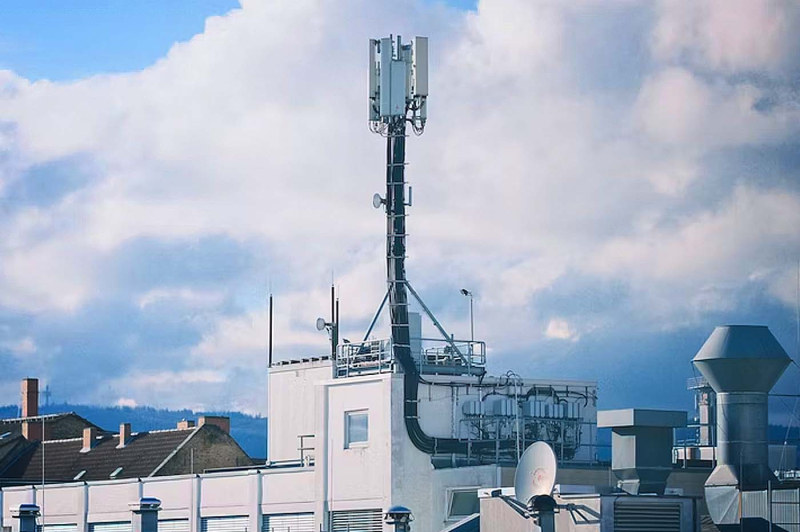
© Unsplash/Jeffrey Hemsworth
Are the promises of 5G there in 2024? At the Barcelona show, the atmosphere seemed gloomy for the players in this technology which nevertheless promised a revolution in uses. On the operator side, although subscriptions are increasing, we are not currently seeing any real enthusiasm which would add to the evolution purely due to smartphone renewals by customers.
Beyond, on the business side, except for a handful of large groups, the adoption of 5G is still struggling to establish itself – particularly in France, where as our colleagues from La Tribune explain, only a few major players have really taken the plunge. It must be said that for the moment the 5G technology deployed in Europe is far from delivering all of its promises.
5G is struggling in Europe, for the time being# 8217;instant, to make you forget 4G
Whether we talk about speeds or saturation phenomena, we often stay on a technology close to the best 4G networks. The fault lies with networks which are still, for the most part, designed to deliver so-called “non-standalone” that is to say shared. While in the long term, this access will essentially be “standalone” with guaranteed speeds on every terminal, even in congested areas like stadiums and train stations.
There is also the question of other types of 5G pending, again, infrastructure. Like for example mmWave technology which is based on higher frequencies, allowing significantly higher speeds and minimal latency. If these technologies are still struggling to become available, it is because of a combination of factors.
First of all, 5G SA technology immediately requires heavy investments to replace the operators' core network with suitable equipment. For their part, mmWave antennas have a short range, and therefore require the (even more expensive) installation of a particularly dense network of antennas, particularly in towns and cities. very busy areas.
Operators, between difficulties in monetizing 5G and technological delay
Operators already have to make heavy investments to deploy the antennas at the base of their 5G coverage. All in territories which, like France, Germany or Spain, for example, can be very large, and a particularly competitive environment. The basic network is essentially already there at least partially in certain countries, but the lack of customer enthusiasm leads operators to have difficulty monetizing the technology, while the latter struggle to keep and avoid the departure of subscribers to their competitors.
Result, only 25% of the European population is actually covered by this network at the time of writing these lines. In the professional market, most players also find it difficult to rationally see the benefit of current networks. 5G should precisely allow them denser connectivity – allowing new ways of managing factories, port areas, warehouses or clinics and hospitals, among other examples. We will have to see whether or not the activation of 5G SA later this year in France will change the situation a little and create a finally virtuous call for air to allow deployment faster with more advanced 5G technologies.
The exclusion of Huawei from Western networks, on the basis of suspicions surrounding the presence of cookies (which have so far, to our knowledge, not been proven) undoubtedly has a little played in this situation. Even if our colleagues note that in the United States, which also did without Huawei equipment, around 85% of the population is already covered – despite a particularly vast territory. In China, more than 95% of the population is already covered.
Various European telecoms players are therefore calling for consolidation in the sector. In the USA, the average price of a 5G subscription is around $90 per month, while in France, this type of subscription remains significantly less profitable for operators.< /p>
- Europe is starting to lag far behind in the deployment of 5G – particularly with regard to the United States and China.
- If the basic network is there, the technologies that are really interesting in terms of uses are still struggling to appear on the old continent.
- A situation for which there are multiple reasons, but which are essentially based on a difficulty for operators to justify the necessary investments.
📍 To not miss any news from Presse-citron, follow us on Google News and WhatsApp.

